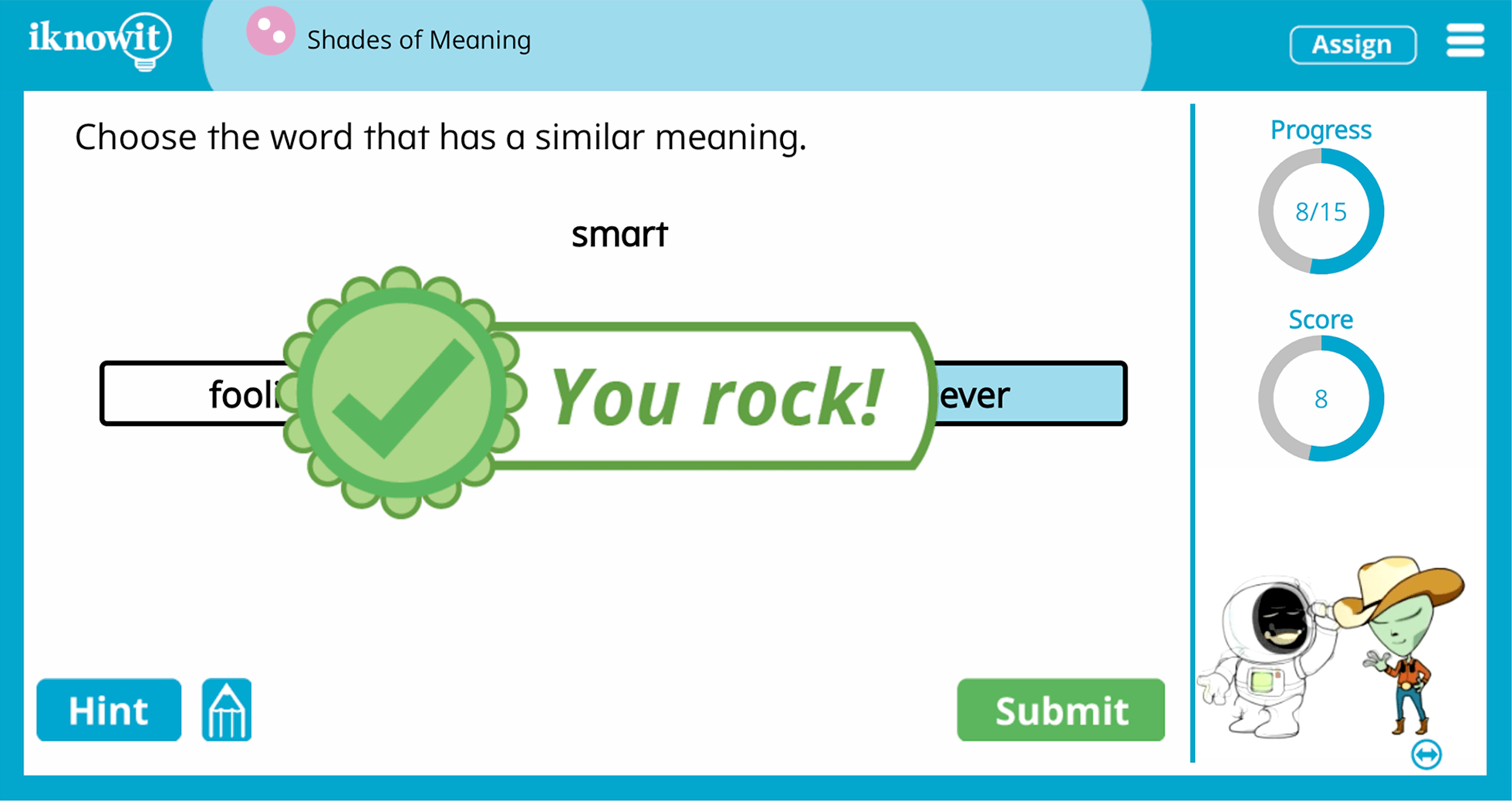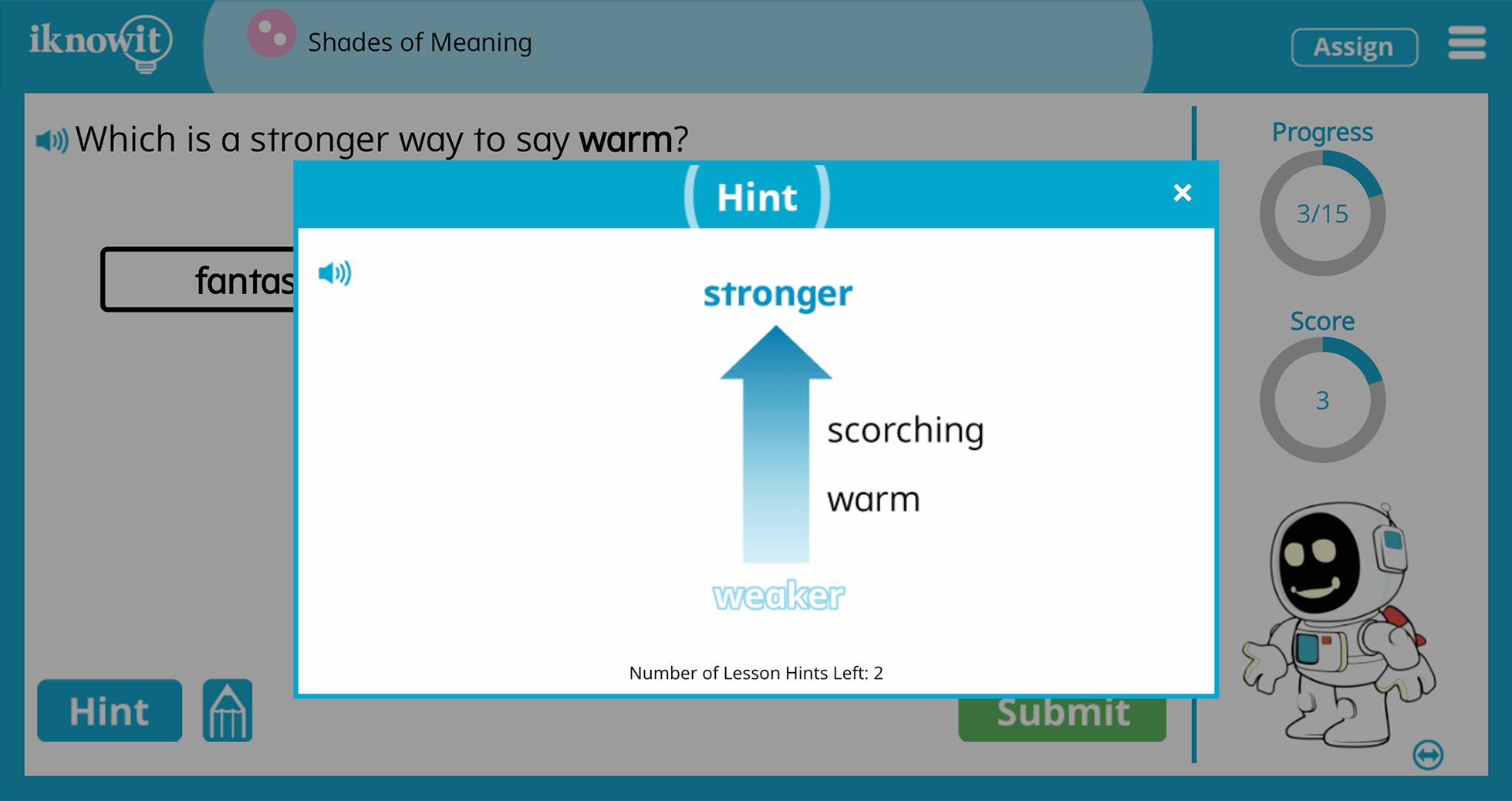




In 2nd grade English Language Arts (ELA), exploring shades of meaning between similar words is a critical aspect of vocabulary development. Understanding nuances in meaning helps students choose the most precise and appropriate words to express themselves effectively in both spoken and written language. This skill allows young learners to expand their vocabulary and improve their communication skills by understanding subtle differences in word choices. For example, knowing the distinctions between words like "happy," "joyful," and "ecstatic" enables students to convey varying degrees of happiness with precision. By emphasizing shades of meaning in 2nd grade ELA curriculum, educators lay the groundwork for students to become more proficient and expressive communicators, enriching their language skills for future academic success.


In 2nd grade classrooms, educators employ various strategies to teach shades of meaning effectively. One approach involves using visual aids such as word webs or synonym charts to illustrate the relationships between similar words and their subtle differences in meaning. For instance, teachers can create a word web with a central word like "happy" and branch out with synonyms like "content," "glad," and "cheerful," highlighting the varying shades of happiness each word conveys. Additionally, engaging in activities that involve exploring word usage in context can deepen understanding. Teachers might present sentences where similar words are used interchangeably and discuss how the meaning of the sentence changes with each word choice. Interactive games like "Word Sort" or "Word Choice Bingo" further reinforce understanding while keeping learning fun and engaging for 2nd grade students.
iKnowIt.com offers a variety of interactive resources designed to help 2nd grade students practice understanding shades of meaning between similar words in an engaging and interactive way. Through the platform, students can access educational games, lessons, and activities that reinforce this vocabulary concept. The website's interactive features allow students to actively participate in their learning, providing immediate feedback to support their progress. For example, interactive games like "Word Detective" challenge students to match words with their corresponding shades of meaning, promoting critical thinking and vocabulary enrichment. With a range of interactive activities available online, iKnowIt.com provides 2nd grade students with valuable opportunities to strengthen their language skills while having fun in an educational setting.


This interactive ELA lesson is categorized as Level B. It may be best suited for second grade students.
L.2.5B
Language
Vocabulary Acquisition and Use
Distinguish shades of meaning among closely related verbs (e.g., toss, throw, hurl) and closely related adjectives (e.g., thin, slender, skinny, scrawny).
Multiple Meaning Words (Level B)
Study up on words that can have multiple different meanings.
Reference Skills (Level B)
Practice reference skills with dictionary entries, parts of speech revognition, and more.